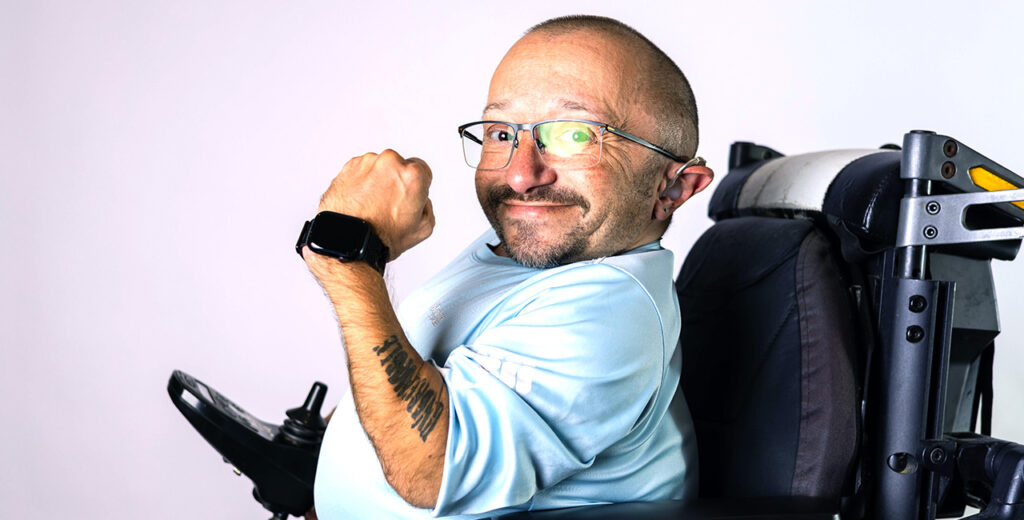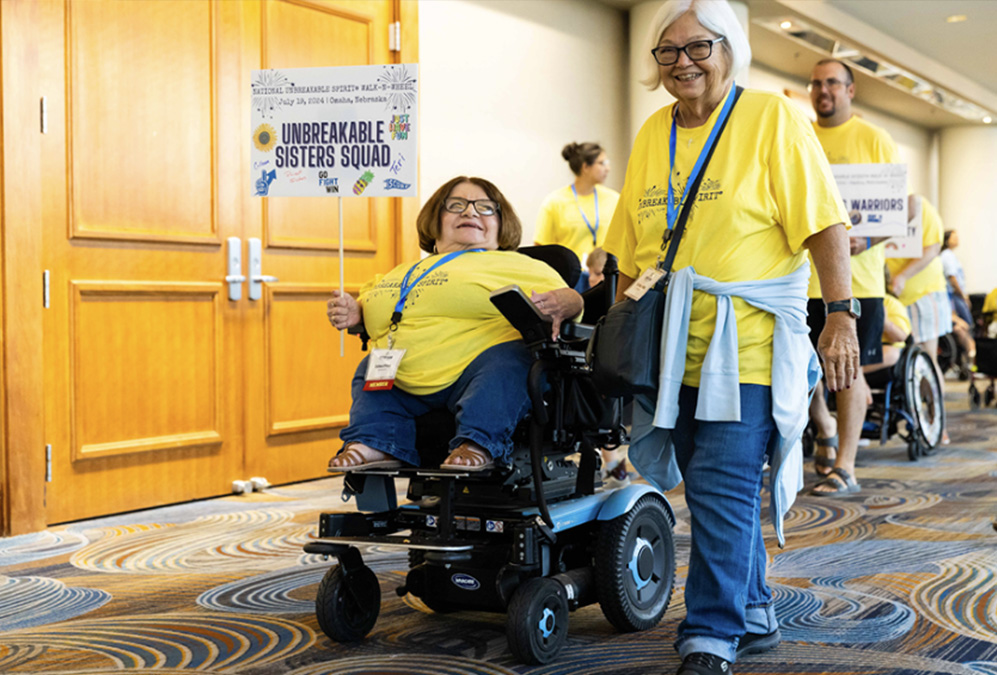Diagnosis

SHARE
Diagnosis
Broken bones that occur from little or no trauma are often the first indication that an infant or child may have OI. Babies with moderate or severe forms of OI are often born with broken bones. Children with milder OI (Type I) often sustain their first broken bone as a result of normal activity- during a diaper change, while being lifted or burped, or when they begin standing and walking. Some very mild cases of OI Type I are not diagnosed until the teen or adult years.
OI remains primarily a clinical diagnosis. A physician, usually a geneticist, who is familiar with all types of OI, can often diagnose the condition based on the presence of fractures and other clinical features. A family history for the disorder and/or genetic testing can confirm a diagnosis. Additional blood and urine tests are often used to rule out other disorders such as Hypophosphatasia or Rickets.
The most severe forms of OI can be diagnosed prenatally. Ultrasound can detect bowing, fractures, shortening, or other bone abnormalities. But even when ultrasound is done by a highly qualified professional, it may not be possible to pinpoint the type of OI or differentiate between Type II or Type III OI.
Prenatal Diagnosis
Prenatal testing can detect all forms of OI if the genetic alterations are known. They depend on the ability to obtain a DNA sample from the pregnancy and usually take a sample of the placenta by a process known as chorionic villus sampling (CVS) at about 10 weeks after the pregnancy starts. Ultrasound can detect bowing, fractures, shortening, and other bone abnormalities, but even experienced professionals may not be able to pinpoint the type of OI or differentiate between OI Type II (lethal) or OI Type III (severe) or other conditions if neither parent is affected and there is no genetic information to assist in the diagnosis. Cells obtained through amniocentesis can be used for DNA analysis. A fetal MRI does not see bone well but may offer useful information on other topics. Parents should always be advised as to the risks of miscarriage associated with a pre-natal test. Whether one of the parents has OI or prenatal testing suggests the presence of OI symptoms in the fetus, it is recommended that couples seek genetic counseling.
Postnatal Diagnosis
The diagnostic process begins with a clinical evaluation. If the clinical evaluation indicates the possibility of OI, genetic testing of the patient follows. Unless otherwise indicated, a test for the dominant form of OI is done first, followed by the test for recessive OI. Information about pregnancy and birth is informative since a breach position at birth is common among infants who have OI. For parents who have lost a child to a severe form of OI, testing will confirm the diagnosis and help determine the chance of future affected pregnancies.
Differential Diagnosis
A variety of disorders may present with recurrent fractures due to bone fragility- that is, not everyone with fractures has OI. Other causes of brittle bones include osteomalacia, disuse osteoporosis, disorders of increased bone density and defects of bone such as fibrous dysplasia and tumors. In determining a cause for brittle bones, it is important to use history, physical examination, laboratory diagnositcs, and radiographic studies to hone the differential diagnosis. If the history and physical examination do not narrow the differential diagnosis sufficiently, then laboratory tests should be employed.
Child Abuse
The question of non-accidental injury versus osteogenesis imperfecta arises most often when infants and toddlers experience unexpected or unexplained broken bones. A child with a fragile skeleton may fracture during routine care. Toddlers pulling to stand and beginning to walk are also at risk for a fragility fracture. Children who have OI may fracture from little or no apparent trauma and can bruise easily. Bruises may give the impression of greater trauma. In the interest of providing appropriate medical care, when there are no signs of neglect, the possibility of mild or moderate OI or a related bone disorder should be considered. An examination and evaluation by a physician who is experienced in diagnosing OI and other rare bone disorders is warranted. Besides OI, other conditions that feature fragile bones and bruising include: Ehlers-Danlos syndrome, hypophosphatasia, disorders of vitamin D metabolism, disorders of copper metabolism, and premature birth.
Related OIF Podcast Episodes
Helping our community stay up to date and connected.
Please sign up to receive updates from the OI Foundation including our monthly e-Newsletter, research updates, and upcoming event information.

